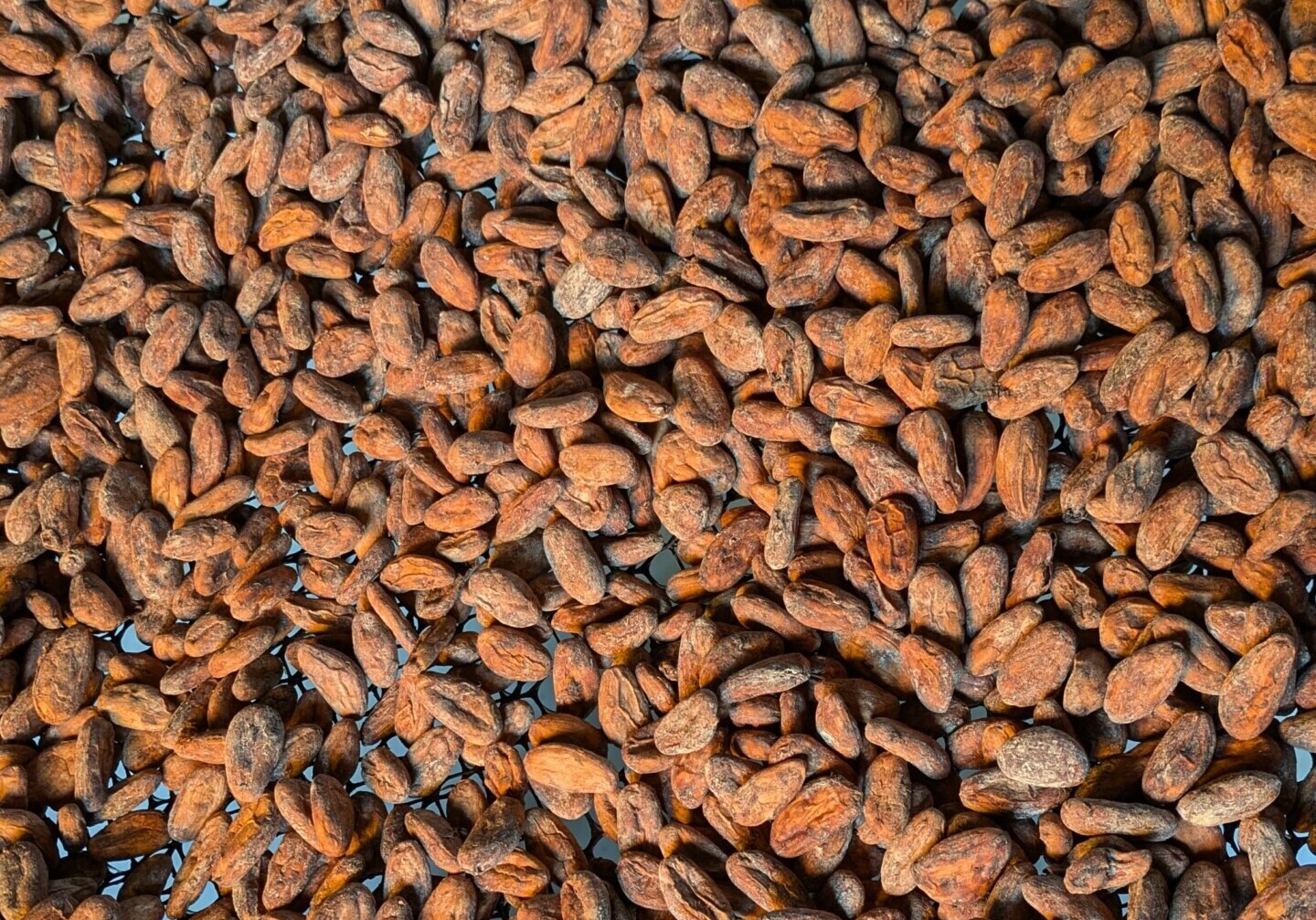The Brazilian Cerrado biome, known for its diversity and resilience, is now the stage for an innovative experience with cacao growing, a plant traditionally associated with the hot and humid climates of tropical regions. In the Federal District, the couple José and Marlene Gonçalves, founders of Cacau Candango, began producing cacao in an agroforestry system, opening new possibilities for the sustainable and productive use of Cerrado lands.
Developing this crop in the Cerrado requires specific care. The region experiences high temperatures, but unlike traditional cacao-growing areas, it has a dry climate. José, an agricultural technician, found that irrigation management and soil correction were essential to overcoming these challenges. He gained insights through visits to cacao farms in Bahia, the leading cacao-producing state in Brazil. With this knowledge, he adapted the production system, setting an agroforestry model.

The Agroforestry System: Sustainability Integrated into the Cerrado
Agroforestry is a sustainable agricultural practice that combines tree planting with agricultural crops, creating a biodiverse and self-sustaining ecosystem. In Cacau Candango’s farm, in addition to cacao, native and fruit species such as baru, cagaita, macadamia, cupuaçu, and açaí are grown. These plants help preserve the soil, retain moisture, and regulate the temperature around cacao, benefiting production and the development of each species. This integrated system supports cacao growing in connection with the cerrado biome, preserving biodiversity and offering products with distinctive regional flavors.
Artisanal Production and New Possibilities for Cerrado Cacao
At Cacau Candango, the artisanal production of chocolate highlights the unique flavor of cacao grown in the Cerrado, combining it with local agroforestry fruits such as baru and cupuaçu. Marlene Gonçalves develops recipes that honor regional biodiversity and provide new sensory experiences for consumers. In addition to chocolate, the couple plans to explore other possibilities cacao offers, such as the production of pulp, nectar (cacao honey), tea, and even cacao seedlings, maximizing the potential of this crop in the Cerrado.

A Tourist Route that Delights Palates and Connects Cultures
In addition to cacao production, Cacau Candango has become a tourist destination that attracts visitors from around the world, including Russia, China, and Spain. José and Marlene Gonçalves have developed a route that showcases the entire production cycle, from cultivation in the agroforestry system to the artisanal chocolate-making process. During the visit, tourists can witness first-hand how the Cerrado cacao turns into exclusive chocolates and enjoy unique combinations, including native ingredients such as baru and cupuaçu. This immersive experience teaches visitors about biodiversity and sustainable practices in the Cerrado and fosters cultural exchange, where flavors and traditions meet, highlighting the region’s tourism and educational potential.
Cacao production in the Cerrado biome illustrates Brazil’s agricultural potential and the ability to adapt to regional diverse conditions. Initiatives like this show the diversity and richness of Brazilian lands, showing that with technical knowledge and innovation, the Cerrado can host unique crops, expanding the prospects for sustainable agriculture in the country.